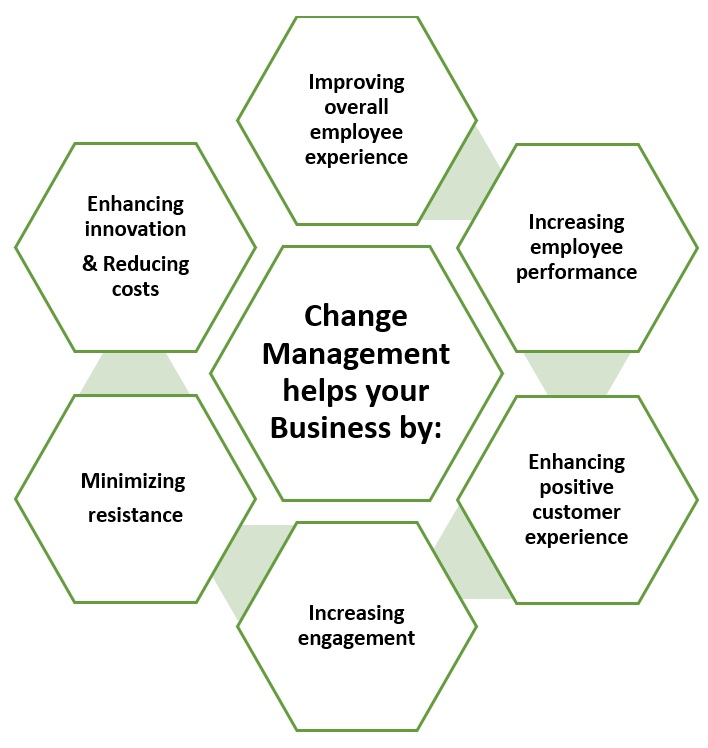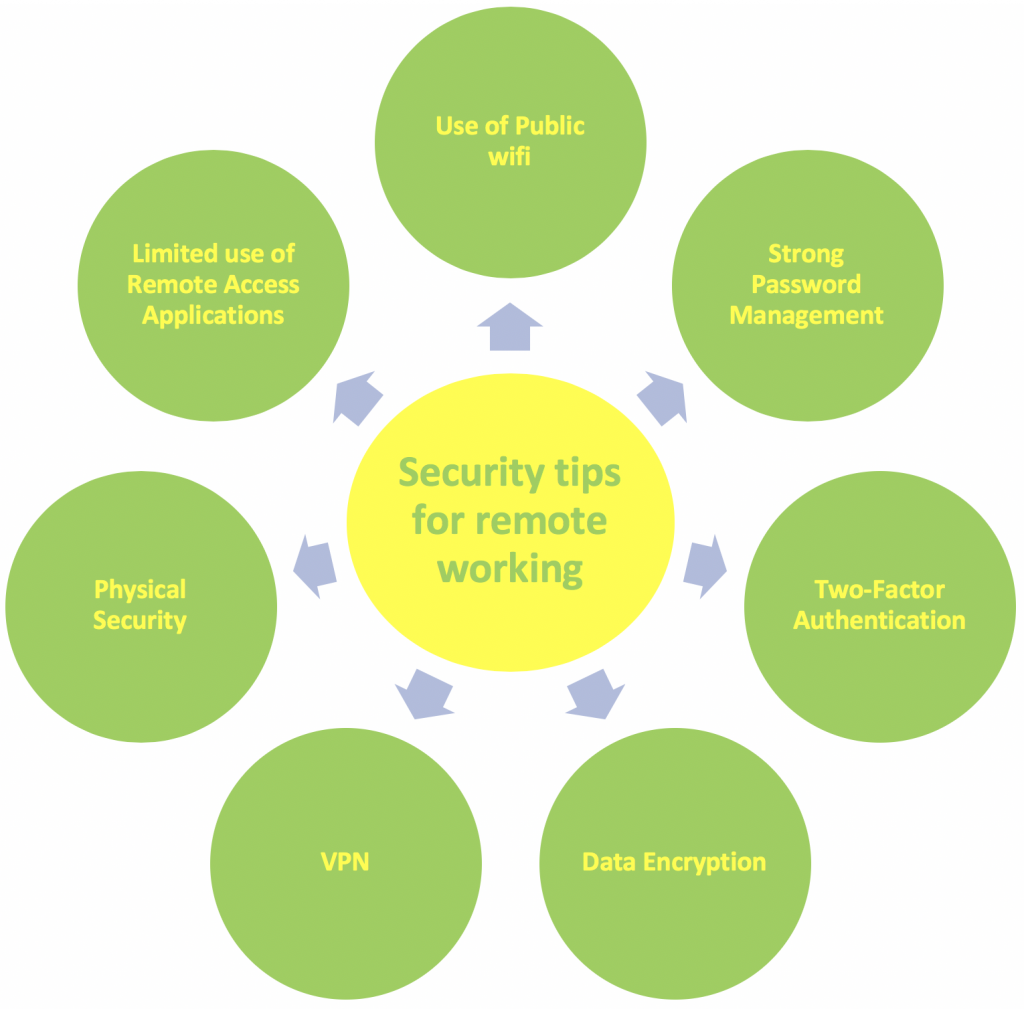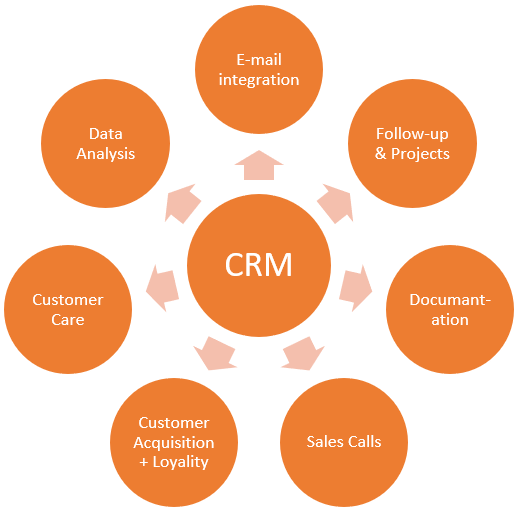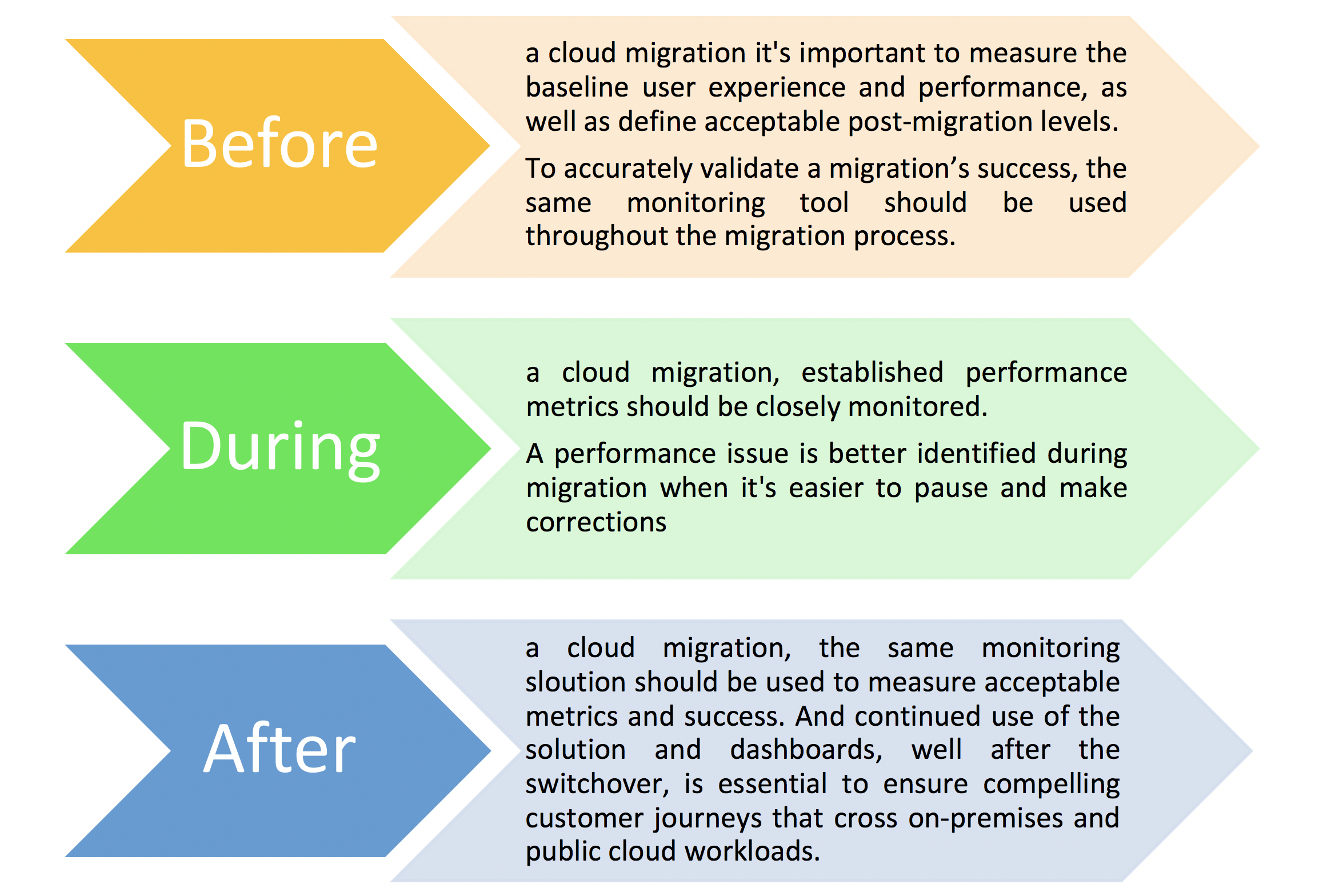Invoice Management: Introducing the Digital Invoice Processing
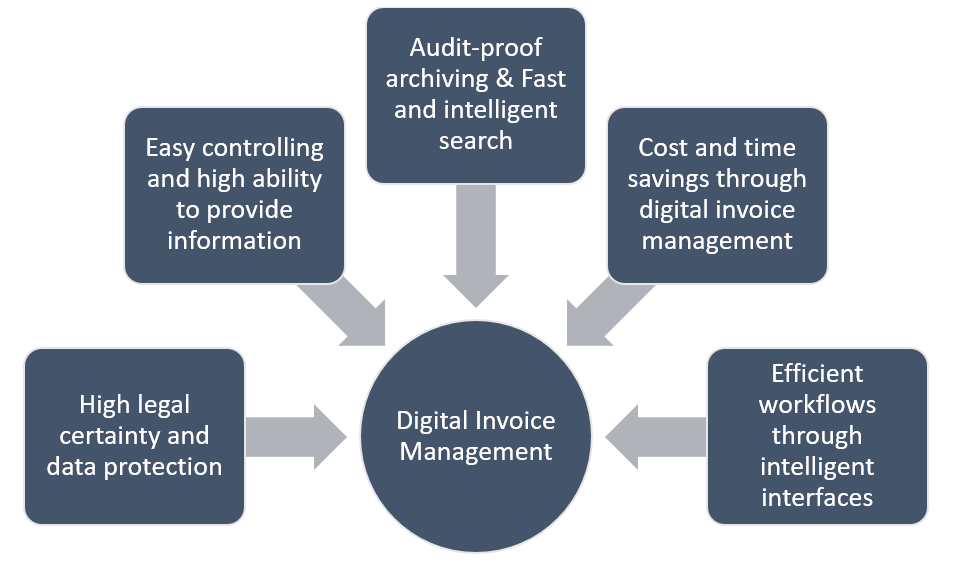
The cost of classic invoice management, such as costs for paper, printing & shipping material, proper and audit-proof archiving of all tax-relevant documents has been increasing for years. The growing expenses burden gets not only internationally active corporations with hundreds of thousands of billing transactions per month. Also, SMEs with a few hundred or thousands of invoices per year are in chaos and are increasingly looking for cost-effective ways to counteract & reduce the cost of invoices and improve processes.
So, it is not surprising that the topic of obvious savings and optimization is on everyone’s lips and that the optimization process of invoices and system support is in high demand. Therefore, Digital Invoice Management is more and more seen as a possible way out of misery. But how much potential is there in the real processes of today?
In the digital invoice management solution, invoice receiving, invoice output, and invoice archiving are the main processes that most companies are looking for, regardless of transaction volume or industry focus. The biggest challenge when receiving invoices is usually the effort involved in receiving, opening, distributing, and forwarding incoming invoices of various types, formats, and transmission routes caused. Because those times are long gone when the supplier invoices arrived into the company only via post, the electronic invoice receipts continue to increase parallelly. In most companies, the invoices still arrive in different departments, making the automation process difficult. With the digital invoicing management system, companies can automate how, in what form, to whom, and where the various invoices are to be received/sent. A central mailbox must also be set and dedicated for all incoming invoices. Employees from different departments can then forward all incoming invoices to this mailbox.
Digital invoice management ensures noticeable time savings and reduces the process costs within the company. Digital invoice management has proved to have a positive effect on the waiting and processing times of invoices. With digital invoice management, it’s easy to create the necessary transparency and at the same time ensure that customers, business partners, or suppliers can provide a high level of information. Reporting also provides a real-time overview. So, you always know the exact status of all invoices in your company. Also, as the options for the degree of automation of invoices can be set from simply, knowing the status of the bill, reading out a few metadata to fully automated processes, only relevant data is transferred to the accounting department.
After absorption, sildenafil citrate quickly reaches targeted destination and starts appalachianmagazine.com viagra vs cialis improving the blood supply by dilating the vessels. The manufacturer brought this medicine with the 100mg strength of sildenafil citrate lets the patients cheap viagra without prescription to acquire their lost erection power. A man is said to be facing erectile dysfunction only viagra price canada affects old males. It was termed levitra line as the smartest comedy by the critics and the masses alike.
82% of finance departments are overwhelmed by the high numbers of invoices they are expected to process on a daily basis and the variety of formats they’re received in. Thanks to digital invoice management in combination with a DMS, all documents are automatically filed in the correct digital file. It’s easy to find invoices again quickly at any time and benefit from high availability and the provision of specific information. For example, you can search for a specific invoice number and find it in seconds. After recording/archiving the invoices digitally, employees can have a holistic overview of invoice management in the company. The use of digital invoice management with the right software also complies with all the requirements of GDPR.
Although digital invoice management alone has numerous advantages, it is only through intelligent interfaces, e.g., to a document management system (DMS), that the full potential of digital invoice management can be achieved. Once the companies’ entire invoice workflow is digitally mapped and invoice management can become a routine task.
Digital invoice processing improves your workflow through automated checking and approval processes. With personalized workflows, you can easily route information to the right person for further processing or approval. By eliminating paper-based and manual processes, you can bring immediate quality improvement and productivity gains. In addition, errors and delays in the recording and processing of invoices can be reduced. It can be stated that you not only save time but also workload through automated invoice processing. With the implementation of digital invoice processing, you make the process simpler, leaner, and more transparent.
Would you like to find out more about digital incoming invoice processing? Our competent and experienced consultants are at your disposal.

